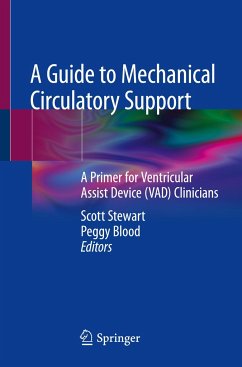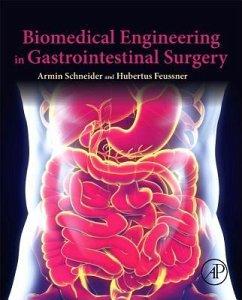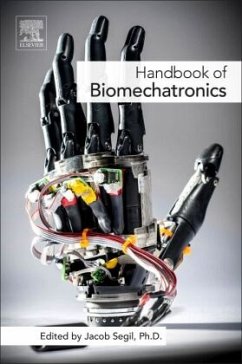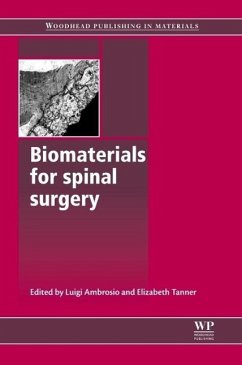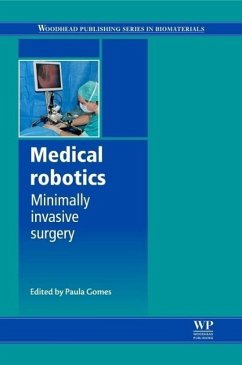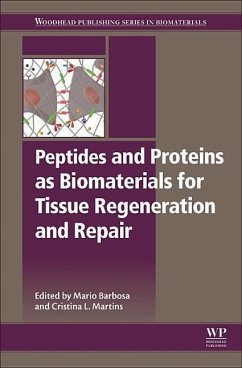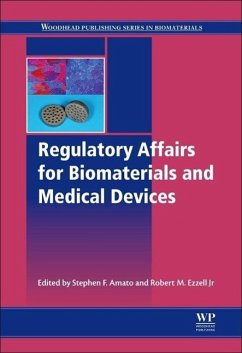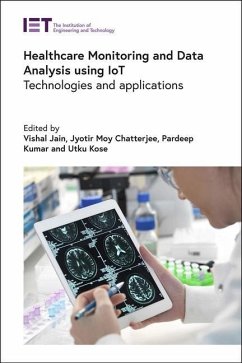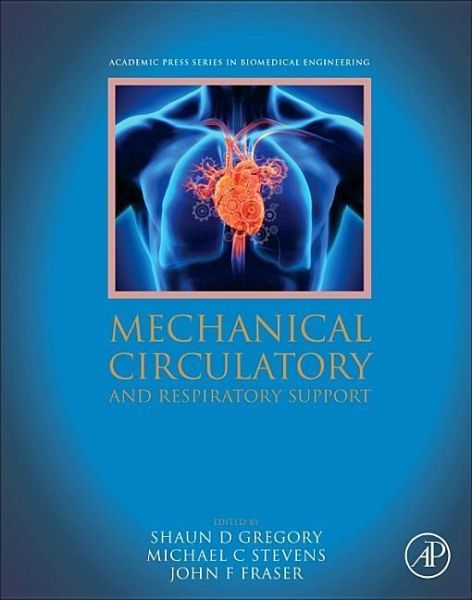
Mechanical Circulatory and Respiratory Support

PAYBACK Punkte
90 °P sammeln!
Mechanical Circulatory and Respiratory Support is a comprehensive overview of the past, present and future development of mechanical circulatory and respiratory support devices. Content from over 60 internationally-renowned experts focusses on the entire life-cycle of mechanical circulatory and respiratory support - from the descent into heart and lung failure, alternative medical management, device options, device design, implantation techniques, complications and medical management of the supported patient, patient-device interactions, cost effectiveness, route to market and a view to the fu...
Mechanical Circulatory and Respiratory Support is a comprehensive overview of the past, present and future development of mechanical circulatory and respiratory support devices. Content from over 60 internationally-renowned experts focusses on the entire life-cycle of mechanical circulatory and respiratory support - from the descent into heart and lung failure, alternative medical management, device options, device design, implantation techniques, complications and medical management of the supported patient, patient-device interactions, cost effectiveness, route to market and a view to the future.
This book is written as a useful resource for biomedical engineers and clinicians who are designing new mechanical circulatory or respiratory support devices, while also providing a comprehensive guide of the entire field for those who are already familiar with some areas and want to learn more. Reviews of the most cutting-edge research are provided throughout each chapter,along with guides on how to design new devices and which areas require specific focus for future research and development.
This book is written as a useful resource for biomedical engineers and clinicians who are designing new mechanical circulatory or respiratory support devices, while also providing a comprehensive guide of the entire field for those who are already familiar with some areas and want to learn more. Reviews of the most cutting-edge research are provided throughout each chapter,along with guides on how to design new devices and which areas require specific focus for future research and development.




